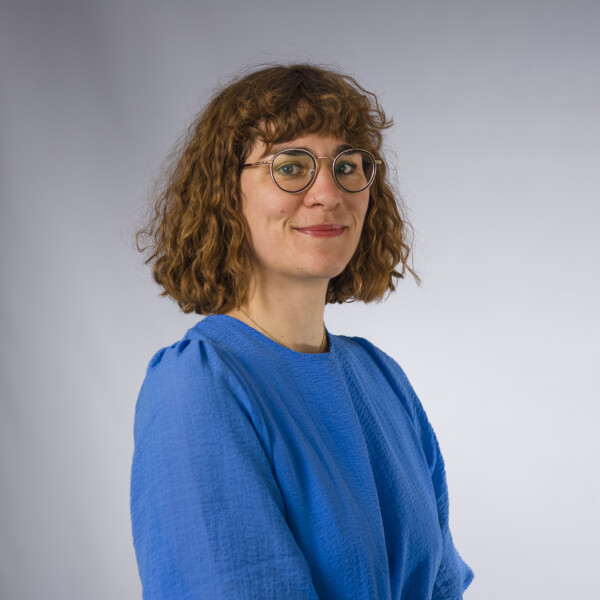About the thesis defense
On Friday 2 June Mareike Gutensohn, Department of Chemistry, defends her thesis entitled Unraveling the importance of thiol compounds on mercury speciation, uptake and transformation by the iron-reducer Geobacter sulfurreducens. The defense will take place at 09.00 in Stora hörsalen (KBE.303) in the KBC building at Umeå University. The faculty opponent is Professor Vera Slaveykova, University of Geneva, Schweiz.


